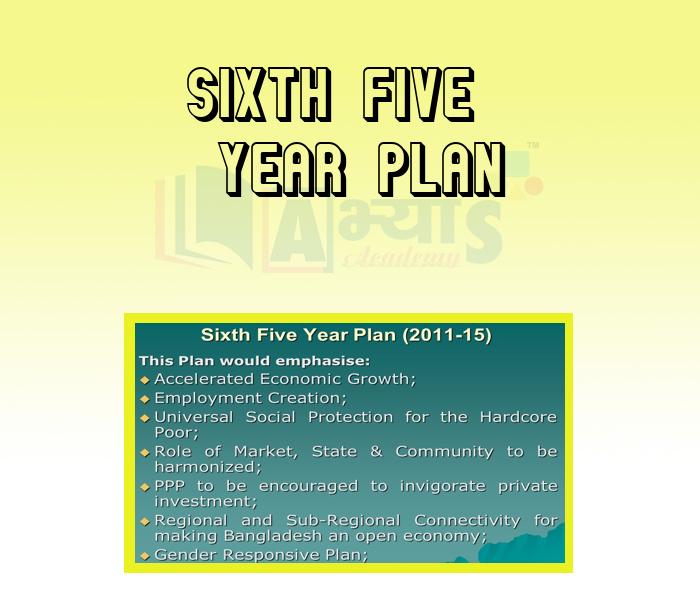Sixth Five Year Plan











Sixth Five Year Plan
Sixth Five Year Plan (1980-1985): In the sixth development plan, the projected outlays totalled Rs.975 billion. Called the Janata government plan, the sixth plan marked a reversal of the Nehruvian model. When Rajiv Gandhi was elected as the prime minister, the young prime minister aimed for rapid industrial development, especially in the area of information technology. Progress was slow, however, in part because of the cautiousness of labour and communist leaders. The Indian national highway system was introduced for the first time and many roads were widened to accommodate the increase in traffic.
Tourism in India also expanded. After the devaluation of the rupee, it became cheap for foreigners visiting India. The sixth plan also marked the beginning of economic liberalisation. Price controls were progressively eliminated. This led to an increase in food prices and an increased cost of living. Family planning also was expanded in order to prevent overpopulation. In contrast to Chinas harsh child policy, Indian policy did not rely on the threat of force. More prosperous areas of India adopted family planning more rapidly than less properous areas, which continued to have a high birth rate.
Students / Parents Reviews [10]
My experience with Abhyas is very good. I have learnt many things here like vedic maths and reasoning also. Teachers here first take our doubts and then there are assignments to verify our weak points.

Shivam Rana
7thBeing a parent, I saw my daughter improvement in her studies by seeing a good result in all day to day compititive exam TMO, NSO, IEO etc and as well as studies. I have got a fruitful result from my daughter.

Prisha Gupta
8thIt was good as the experience because as we had come here we had been improved in a such envirnment created here.Extra is taught which is beneficial for future.

Eshan Arora
8thI have spent a wonderful time in Abhyas academy. It has made my reasoning more apt, English more stronger and Maths an interesting subject for me. It has given me a habbit of self studying

Yatharthi Sharma
10thAbhyas Methodology is very good. It is based on according to student and each child manages accordingly to its properly. Methodology has improved the abilities of students to shine them in future.

Manish Kumar
10thMy experience with Abhyas academy is very good. I did not think that my every subject coming here will be so strong. The main thing is that the online tests had made me learn here more things.

Hiya Gupta
8thIt has a great methodology. Students here can get analysis to their test quickly.We can learn easily through PPTs and the testing methods are good. We know that where we have to practice

Barkha Arora
10thOne of the best institutes to develope a child interest in studies.Provides SST and English knowledge also unlike other institutes. Teachers are co operative and friendly online tests andPPT develope practical knowledge also.

Aman Kumar Shrivastava
10thA marvelous experience with Abhyas. I am glad to share that my ward has achieved more than enough at the Ambala ABHYAS centre. Years have passed on and more and more he has gained. May the centre flourish and develop day by day by the grace of God.

Archit Segal
7thMy experience was very good with Abhyas academy. I am studying here from 6th class and I am satisfied by its results in my life. I improved a lot here ahead of school syllabus.
